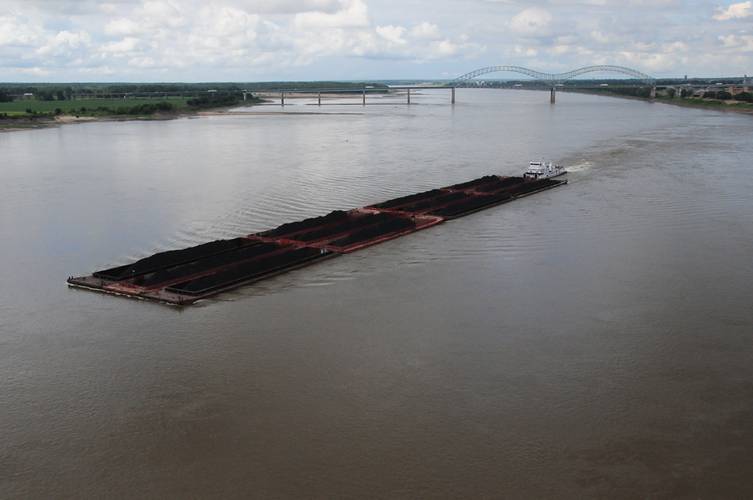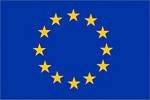EU: New Inland Waterways Protection Guidelines
The Commission is issuing new guidelines on inland navigation and nature protection to assist this important sector in applying EU environmental legislation.
The guidelines – "Inland waterway transport and Natura 2000 – sustainable inland waterway development and management in the context of the EU Birds and Habitats Directives" – explain how best to ensure that activities related to inland navigation are compatible with EU environmental policy in general and nature legislation in particular. The document also emphasizes the significance of the inland navigation for securing long-term sustainability of EU transport network and highlights the achievements of this sector in integrating nature protection into its activities to date.
"Inland waterway transport plays an important role in the transportation of goods across many parts of Europe," said Vice-President and Commissioner for Transport Siim Kallas. "This transport sector is considered to be safe, energy efficient and more environmentally friendly than other transport modes. But as it is one of many users of our rivers, it needs to be developed in an ecologically sustainable way." Janez Potočnik, Commissioner for Environment, hoped that the document will be "a useful tool to increase understanding between investors, planners, decision-makers and nature conservation promoters, enabling them to design sustainable navigation projects that meet the objectives of inland waterway transport while still respecting the ecological values of rivers."
The guidelines take a holistic approach to inland waterway transport and nature protection. They explain the policy context of inland navigation and biodiversity conservation in Europe. They stress that Natura 2000 sites are not designed to be ‘no development zones’ and that new developments are not excluded, provided that they guarantee a sufficient level of nature protection. The document also explains the legal obligations of infrastructure developers and managers from the point of EU environmental legislation, with a particular focus on the Birds and Habitats Directives. A number of case studies are presented, with examples of good practice showing how inland waterway development and management can go hand-in-hand with nature protection. The guidelines particularly emphasize the benefits of integrated planning, whereby environmental requirements are taken into consideration at every stage of infrastructure development process and the participation of different stakeholders, including NGOs and civil society, is ensured in an active and transparent manner, securing win-win solutions for both sectors.
This document is the fourth guidance document on application of EU nature legislation in the context of strategic EU sectors. Previously published guidelines concerned wind energy, non-energy mineral extraction industry and developments in ports and estuaries.
- Background
Natura 2000 is a vast Europe-wide network where human activities coexist with nature protection. It now covers almost 18% of the EU's land surface and more than 145 000 km² of its seas. Activities such as farming, transport, infrastructure development, tourism, forestry and leisure pursuits can be carried out inside the network as long as they are sustainable and in compliance with the legislation on protecting the natural environment.
Biodiversity – the limited resource that is the variety of life on earth – is in crisis. Species are being lost at an unprecedented rate as a result of human activities, with irreversible consequences for our future. The European Union is combating this and recently set itself a new objective of halting biodiversity loss in Europe by 2020, protecting ecosystem services such as pollination (and restoring these services where they are degraded), and stepping up the EU contribution to averting global biodiversity loss. Natura 2000 is one of the main tools needed to reach that objective.
In an average year, around 140 billion ton-kilometres of transport work is performed on inland waterways, transporting around 500 million tons of cargo. The inland waterway network in the EU includes about 37.000 km inland waterways in 20 Member States; 12 Member States are directly interconnected through inland waterways. Although this represents only a modest percentage of the overall EU transport network and activity, it remains a formidable volume of freight transported over a network with a huge spare capacity capable to alleviate the busiest parts of the EU road and rail network.
The "Roadmap to a Single European Transport Area - Towards a competitive and resource efficient transport system" sets the overall EU target to reduce transport related greenhouse gas emissions by 60% until 2050, while at the same time accommodating the expected increasing demand for mobility. It moreover recognises that this target can only be achieved if all modes of transport contribute to the best of their abilities to the sustainable, integrated transport system of the future.
Realising the potential of inland waterway transport is a vital part of the EU’s transport policy mix.
See also:
Guidance document on inland waterway transport and Natura 2000:
http://ec.europa.eu/environment/nature/natura2000/management/docs/IWT_BHD_Guidelines.pdf
Guidance documents for the Management of Natura 2000 sites:
http://ec.europa.eu/environment/nature/natura2000/management/guidance_en.htm
More information about recent policy developments in the inland waterway transport sector:
http://ec.europa.eu/transport/inland/promotion/doc/2012_0168_final_swd.pdf


















